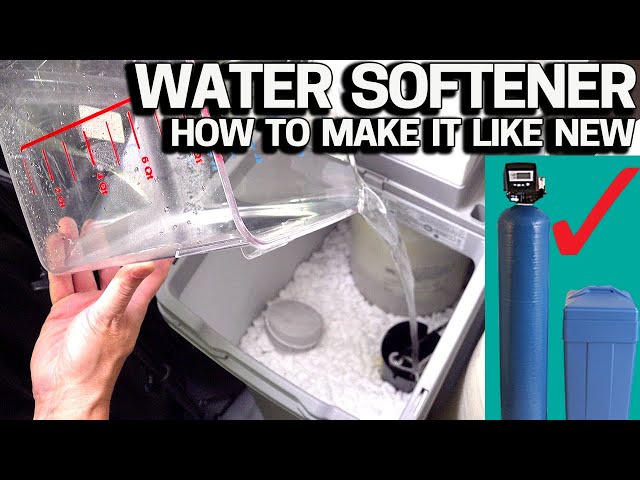
In this article, you will discover some helpful tips on how to effectively clean and maintain your water softener system. By following these simple guidelines, you can ensure that your system continues to function optimally, providing you with clean and soft water for years to come. From regularly inspecting and cleaning the brine tank to flushing out any accumulated sediment, this article will guide you through the necessary steps to keep your water softener system in top shape. So, let’s dive right in and get started on improving the longevity and performance of your water softener system!
Tips for Cleaning and Maintaining a Water Softener System
If you have a water softener system in your home, it’s crucial to ensure proper maintenance and regular cleaning to keep it functioning efficiently. Regular maintenance not only extends the lifespan of your system but also ensures that you continue to enjoy the benefits of soft water. In this article, we present some valuable tips and practices for cleaning and maintaining your water softener system.
Good Water Softener Maintenance Practices
To start, it’s important to establish good maintenance practices for your water softener system. Firstly, always refer to the manufacturer’s guidelines and follow them diligently. These instructions will outline specific maintenance tasks, intervals, and any unique requirements for your particular system.
Additionally, keep a maintenance schedule to stay organized and ensure you never miss a cleaning or inspection. Regular maintenance will prevent serious problems from occurring and will keep your water softener running smoothly for years to come.
Inspecting and Cleaning the Brine Tank
The brine tank is a crucial component of a water softener system, responsible for holding the salt and creating the brine solution necessary for the regeneration process. Regularly inspecting and cleaning the brine tank is essential to prevent clogs, salt bridges, and the build-up of debris.
To inspect the brine tank, start by turning off the water softener system and shutting off the water supply. Then, remove any salt or brine solution from the tank, taking care not to damage the float or other components. Use a mild soap solution or vinegar to clean the tank, ensuring you remove any deposits or residue. Rinse thoroughly before refilling with fresh salt and water.
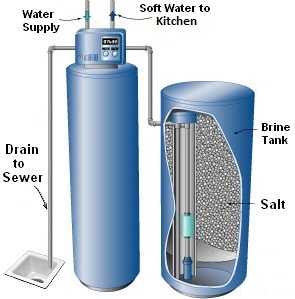
This image is property of mitchclemmonsplumbing.com.
Checking and Changing the Brine Solution
To maintain optimal performance, it’s important to regularly check the brine solution levels in your water softener system. Ensure that the tank has enough salt and water to create the necessary brine for regeneration. A good practice is to check the solution levels at least once a month and adjust them as needed.
If the brine solution levels are low, add more salt to the tank. However, avoid overfilling the tank as this may lead to salt bridges, where a hardened layer of salt forms and prevents the proper flow of water.
Cleaning the Resin Tank and Resin Bed
The resin tank is another vital component of your water softener system, as it is where the actual softening of the water occurs. Over time, the resin bed can become fouled with contaminants and minerals, decreasing its efficiency. Regular cleaning of the resin tank and bed is necessary to maintain its effectiveness.
Begin by turning off the water softener and closing the water supply valve. Next, carefully remove the resin tank and drain any excess water. Use a soft brush or sponge and a mild soap solution to clean the tank interior, making sure to remove any build-up or debris. Rinse thoroughly before reassembling the tank and turning the water supply back on.
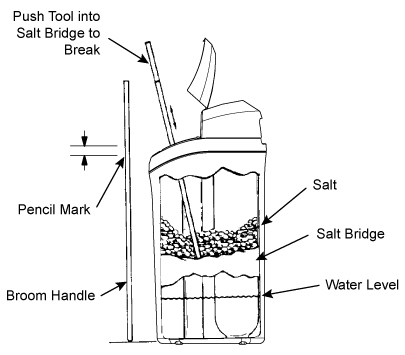
This image is property of www.mortonwatersofteners.com.
Flushing the System Regularly
Flushing your water softener system periodically helps remove any accumulated sediment, debris, or other contaminants that may hinder its performance. It’s recommended to flush the system every six months or as instructed by the manufacturer.
To flush your system, turn off the water softener and close the water supply valve. Open a nearby faucet to release any pressure, then remove the system’s bypass valve or switch it to the bypass position. Slowly open the drain valve and let the water flow until it runs clear. Once the flushing process is complete, close the drain valve, reattach the bypass valve, and turn the water supply back on.
Replacing Filters and Cartridges
Many water softener systems have filters or cartridges that need to be replaced periodically. These filters help remove additional impurities and sediment from the water before it enters the resin tank. Regularly changing these filters is crucial to maintain the quality of your softened water and prevent damage to the system.
Consult your system’s manual to determine the recommended filter replacement frequency. Follow the instructions provided for removing and replacing the filters or cartridges. Ensure you purchase the correct replacements to maintain optimal performance.
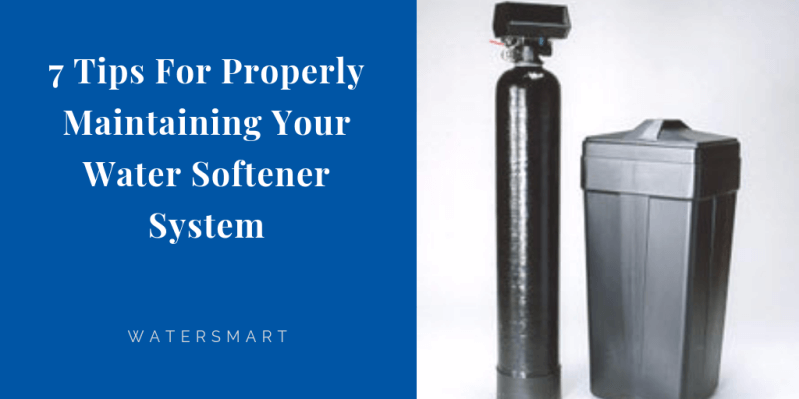
This image is property of images.squarespace-cdn.com.
Cleaning the Control Valve
The control valve is the brain of your water softener system, responsible for controlling the regeneration cycles and ensuring the system functions correctly. Over time, the control valve can accumulate debris and mineral deposits, leading to malfunctions. Regular cleaning of the control valve is necessary to prevent such issues.
Consult your system’s manual for specific instructions on cleaning the control valve. In general, you may need to disassemble the valve, clean the individual components with a mild soap solution or vinegar, and remove any deposits. Take care not to damage any parts and ensure everything is thoroughly cleaned before reassembly.
Preventing Salt Bridges and Iron Build-up
Salt bridges and iron build-up are common issues that can affect the performance of a water softener system. A salt bridge occurs when a hardened layer of salt forms above the water level in the brine tank, preventing proper regeneration. Iron build-up occurs when iron particles accumulate in the resin bed, diminishing its ability to soften the water effectively.
To prevent salt bridges and iron build-up, avoid overfilling the brine tank with salt and water. Additionally, consider using high-quality salt pellets specifically designed for water softeners. These pellets are less likely to contain impurities that could contribute to the formation of bridges or iron accumulation.
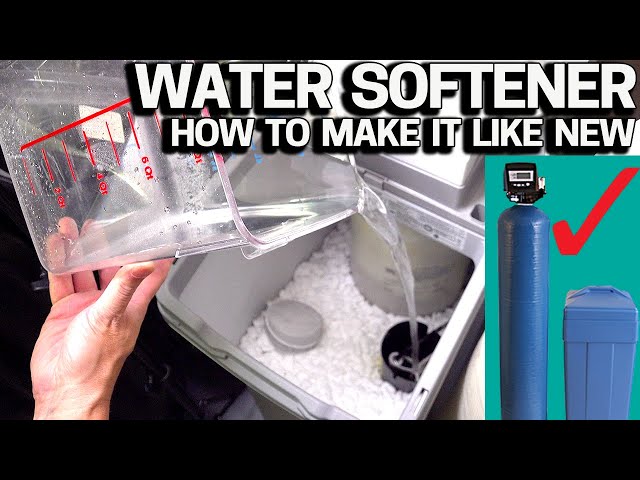
This image is property of i.ytimg.com.
Maintaining Proper Salt Levels
Maintaining the correct salt levels in the brine tank is essential for the optimal functioning of your water softener system. Too little salt can lead to inadequate regeneration, while too much salt can cause salt bridges or clogs. Regularly check the salt levels and adjust as necessary.
Ideally, the salt should cover the water level in the tank, but it should not exceed the maximum fill line. Follow the manufacturer’s recommendations regarding the type and quantity of salt to use for your specific system.
Dealing with Common Issues and Troubleshooting
Despite regular maintenance, water softener systems may encounter common issues that require troubleshooting. Some common problems include low water pressure, leaking, brine tank overflow, or the system not regenerating correctly. Always refer to your system’s manual for specific troubleshooting steps, and if the problem persists, contact a professional for assistance.
In conclusion, proper cleaning and maintenance of your water softener system are essential for its longevity and efficient performance. By following these tips and incorporating regular cleaning practices into your routine, you can enjoy the benefits of soft water in your home for years to come. Remember to consult your system’s manual for specific instructions and guidelines, and never hesitate to seek professional help if needed.
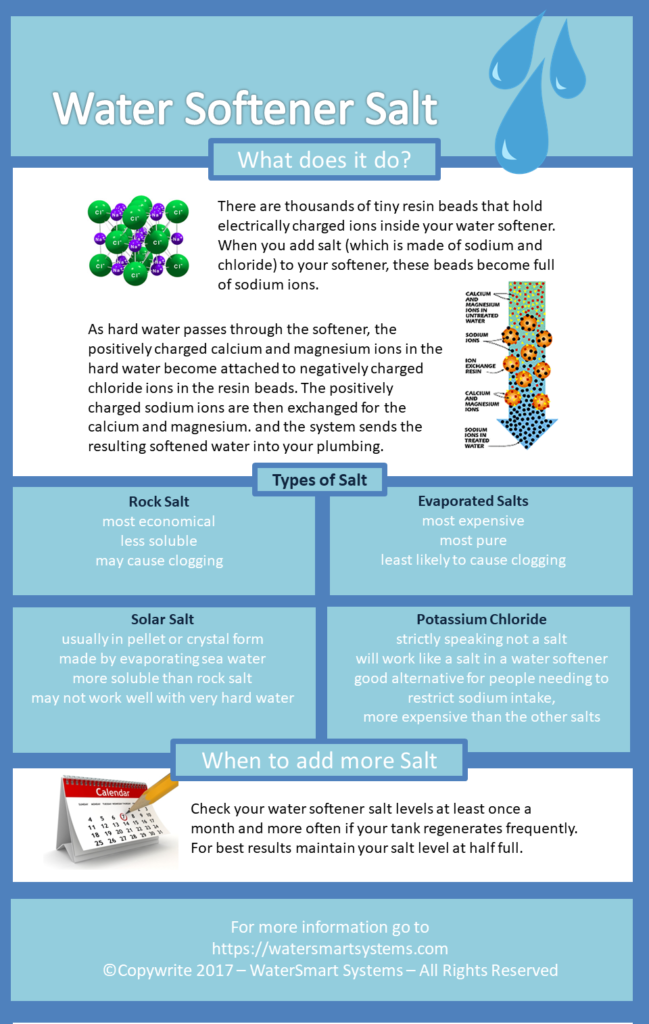
This image is property of images.squarespace-cdn.com.





